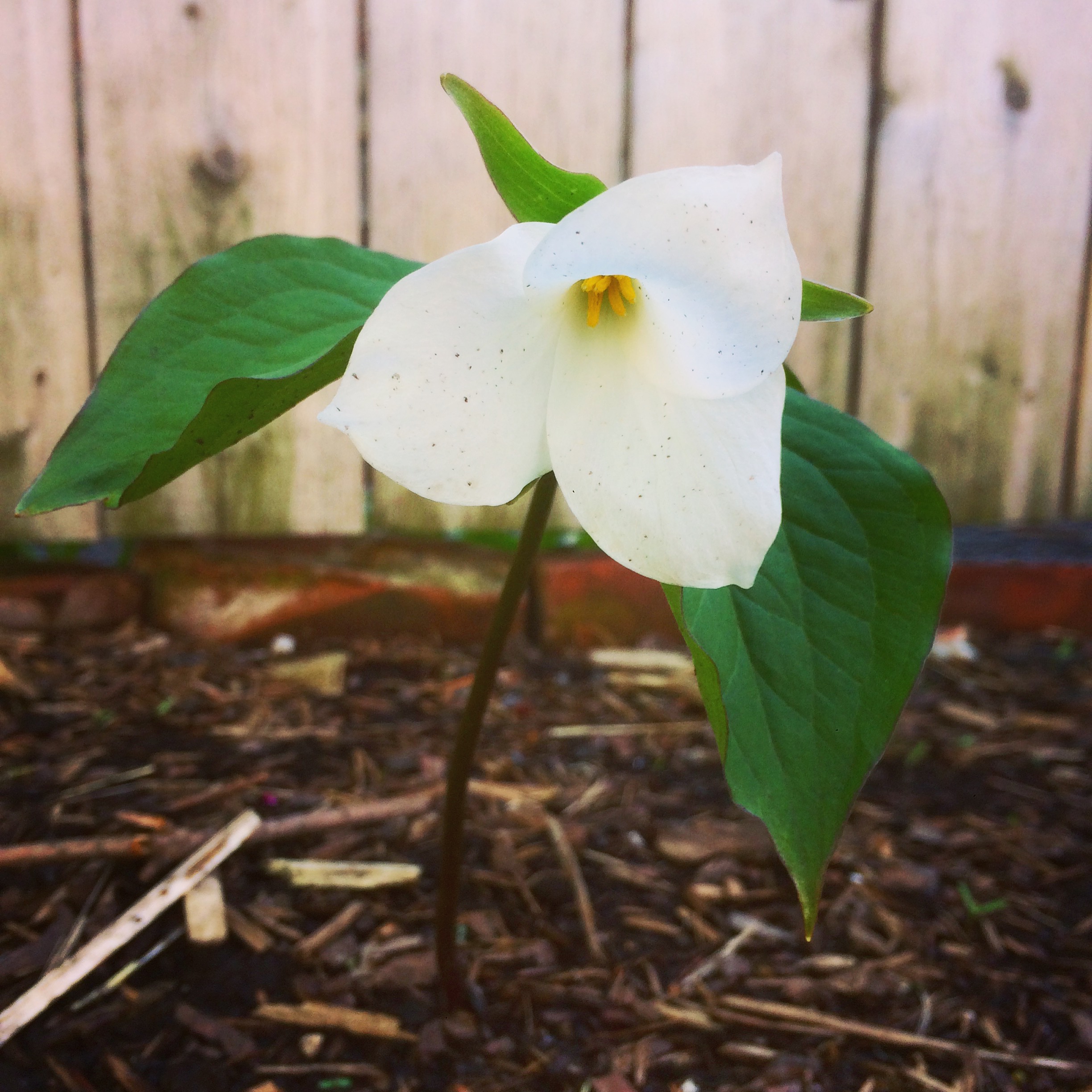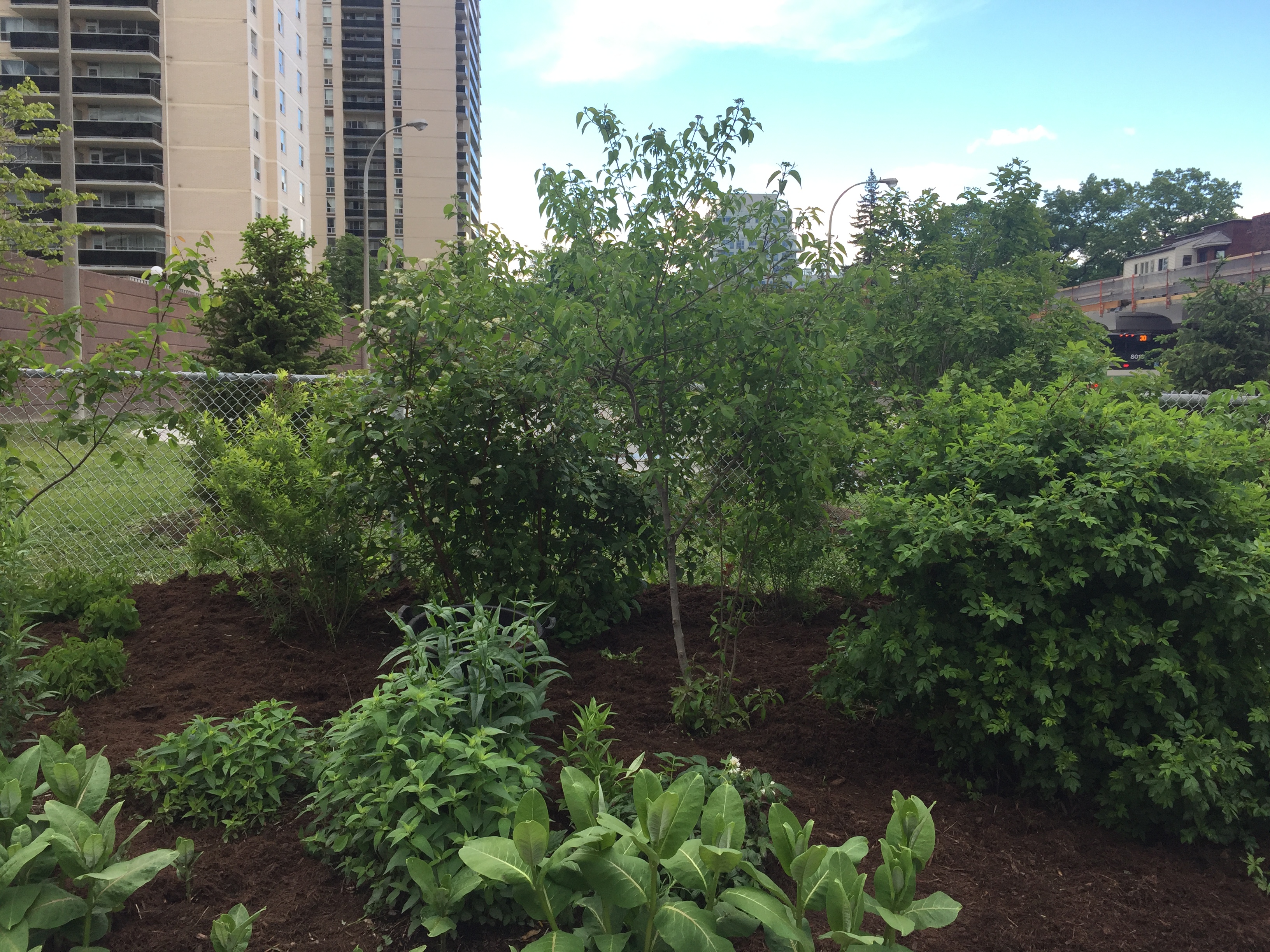These amazing individuals provide tender loving care to all six of our Urban Forest Demonstration Gardens, located at five TTC stations across the city.
Lorraine, the acclaimed author of multiple books, including Grow Wild! Native Plant Gardening in Canada and 100 Easy-to-Grow Native Plants for Canadian Gardeners, shared her expertise on native species identification, characteristics, and use, as she guided volunteers through the LEAF Learning Garden. She also offered backyard composting techniques, provided resources for where to buy native seedlings, and helped dispel common misconceptions about the “messy” appearance of native gardens (they can be pruned!).

Lorraine Johnson conducting the workshop

Lorraine Johnson leading the workshop for LEAF’s garden stewards
You might be wondering: why should gardeners plant native species in their communities? As Lorraine explained, native plants offer a myriad of benefits. In addition to providing habitat and food for wildlife, these gardens can beautify communities, filter water and air pollutants, and improve biodiversity in otherwise homogenous urban spaces. Furthermore, native plant gardens can help gardeners to connect with the place they live, as native species are biologically and culturally tied to their place of origin.

A white trillium (Ontario’s official flower) growing in the LEAF Learning Garden

Urban Forest Demonstration Gardens located at High Park TTC Station (Quebec Ave entrance)
Special thanks to Lorraine and to our amazing volunteers!
We always welcome new gardeners to our stewardship teams. Sign up to become a LEAF volunteer if you want to help. Or if you’d like to create your own native garden at home, LEAF offers native trees, shrubs, and garden kits through the Backyard Tree Planting Program.
LEAF’s Urban Forest Demonstration Gardens are supported by Ontario Power Generation’s Biodiversity Program and the Toronto Transit Commission.
Photos were taken by Al Yoshiki and Erin MacDonald.
Kim is LEAF’s Volunteer and Stewardship Assistant.
